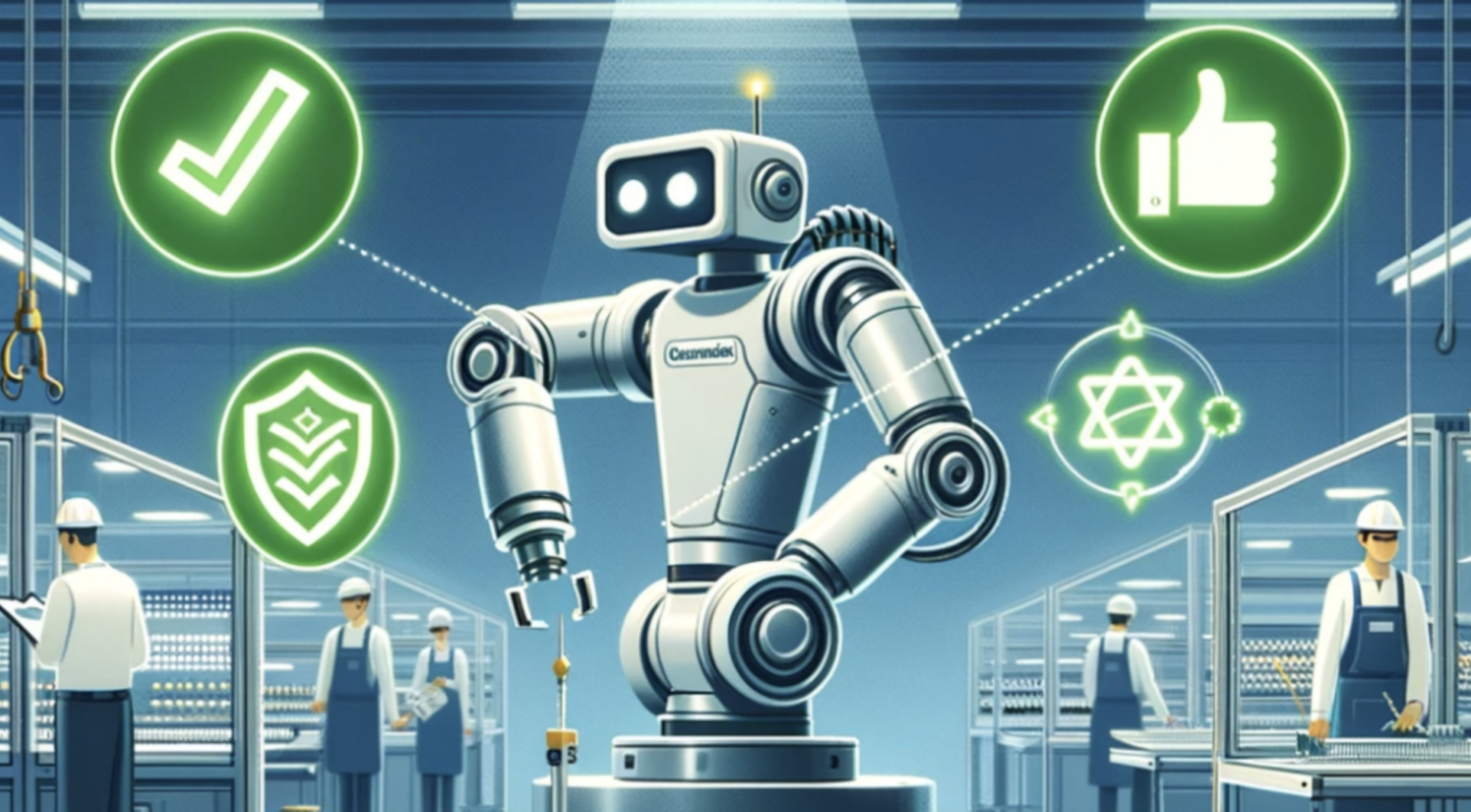The latest advancements in AI are revolutionizing robotics by creating smarter, more versatile robots that can handle multiple tasks. These new developments are inspired by some of the core techniques behind the generative AI boom, leading to a shift in how roboticists design and build these machines
In recent years, the focus in AI has shifted from using separate models for different tasks to developing single models that can perform a wide range of functions. This approach is now being applied to robotics, with researchers designing robots that can handle multiple tasks. The goal is to create general-purpose robots that can adapt to various situations, much like AI models that can process text, images, and code simultaneously.
This shift is driven by the need for robots that can work in diverse environments and perform a variety of tasks. For example, researchers are exploring ways to train robots to complete complex tasks with minimal supervision. This development could lead to robots that are more adaptable and efficient, with the potential to impact industries ranging from manufacturing to healthcare.
The ability to multitask allows these robots to operate more autonomously and respond to changing conditions. This adaptability is crucial for robots working in unpredictable environments or interacting with humans. As AI technology continues to advance, robots may play a more significant role in everyday life, taking on tasks that were once considered too complex or variable for automation.
AI advancements are driving the development of robots that can multitask and adapt to changing conditions. This new approach could revolutionize robotics, making robots more capable and versatile. As these technologies mature, we can expect to see a broader range of applications, from industrial automation to personalized assistance in healthcare and beyond.


